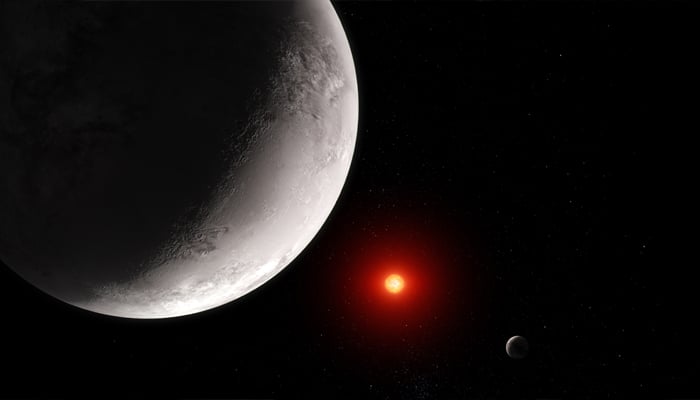Scientists hopeful of finding life on tidally locked planets
Exoplanets are promising targets for James Webb Space Telescope

Scientists are interested in finding the signs of life in the planets that are tidally locked with their parent stars, rendering one side open to light while the other in the dark.
Astronomers are hopeful that the dividing line between the darkness and the light is where they can find such traces as such planetary bodies are common in the universe, according to aSpace.
So far, Nasa has noted that there are over 5,000 exoplanets discovered outside our solar system, however, experts suggest that there might be millions.
The current technology allows experts to only study the planets close to their parent stars, rendering humans to discover Earth-like rocky planets residing near red dwarf stars.
Such planets are on the priority list in search of life.
Paul M Sutter, an astrophysicist at SUNY Stony Brook and the Flatiron Institute in New York City, wrote in a Spacearticle: "But there are less however, possible chances of finding life as one side facing light could cause radiation to hazardous levels while the other side is too cold to sustain life."
"These planets must sustain the atmosphere condition of transferring heat and coldness to sustain life. It also rests on other factors such as planet composition, distance from its star, and water."
Studies suggested that planets having oceans may be habitable. Having a suitable amount of water, massive ocean currents, and a water evaporation and freezing system it can be efficient in heat transfer from the day to the nightside.
Sutter wrote: "Living in a world like this would be quite odd indeed. Its star would be forever low on the horizon, never moving or changing.”
Despite not enough evidence, he expressed hope that they are promising targets for "continued study with the James Webb Space Telescope, and they just might be home to the first kind of alien life that we encounter."